A load cell is a type of pressure transducer that converts sensed mechanical force into electrical signals. These signals are then interpreted to measure pressure in a variety of applications (e.g. mechanical testing, ongoing system monitoring, etc.) and in a variety of devices such as industrial scales. Load cells are able to gauge and monitor different types of forces, including compression, tension, and shear. Read More…
Our load cells are manufactured with the highest attention to detail at all stages. Whether it is through the design stage, engineering stage, or through hundreds of tests run daily, we ensure that our products outshine all competitor products.

Founded in 1985, Load Cell Central has firmly established its reputation as a leader in load cell manufacturing, custom weighing system integration, and first-class load cell repairs. Load Cell Central offers a wide variety of popular load cell and component configurations for virtually every new or old weighing system, scale or component replacement possibility. Technical and after-sale support, ...

At TyTek Industries we manufacture load cells to suit all capabilities. Our expertise has provided insight and load cell solutions for a range of customers and industries. Our engineering team’s philosophy ensures we do everything humanly and technologically possible to match your requirements with quality, cost and delivery. We’re here to help you carry the load.
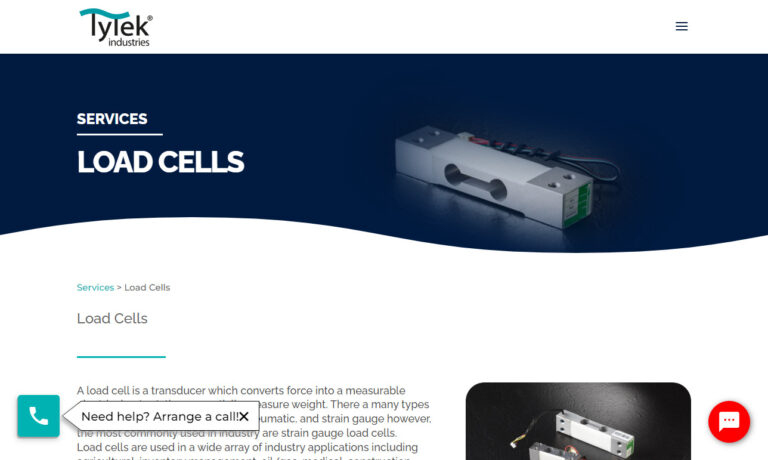
Anyload has been in business for over 20 years. Anyload is experienced in the design and production of high quality standard load cells, specialty load cells, weigh modules, indicators, scales for commercial and industrial applications, and wide varieties of weighing components.

At Coti Global Sensors, we are dedicated to providing top-of-the-line load cell solutions and comprehensive services tailored to meet the diverse needs of our clientele. With years of experience and expertise in the industry, we have established ourselves as a trusted authority in load cell manufacturing, renowned for our commitment to quality, reliability, and customer satisfaction.

More Load Cell Manufacturers
Load cells are frequently equated with pressure sensors, force sensors, and pressure transducers. While these categories exhibit substantial overlap, they are not entirely synonymous. Each category represents a distinct group of devices, characterized by unique features and applications. For instance, load cells are specifically designed to measure force or weight, typically converting this measurement into an electrical signal for further processing.
Sensors, in a broad sense, encompass any device capable of detecting physical phenomena and reacting accordingly. This reaction might result in an output that can vary in readability and usefulness. Some sensors generate raw data that requires significant interpretation, while others provide more immediately meaningful information.
Transducers, by definition, are a subset of sensors that convert the physical input they detect into a readable and meaningful output. Most transducers convert physical phenomena into interpretable electrical signals, which can then be processed or displayed. However, there are exceptions; for example, some pressure transducers produce optical outputs instead of electrical ones, highlighting the diversity within this category.
Load cells, as a specific type of pressure transducer, are primarily designed to produce electrical output. This electrical output is a direct representation of the force or weight applied to the load cell, allowing for precise measurements in various applications, such as weighing systems, material testing, and industrial automation. The specialized nature of load cells ensures they provide accurate and reliable data in contexts where precise force measurement is critical.
Pressure transducers and load cells measure different phenomena. Pressure transducers measure pressure (force per unit area), expressed in units such as Pascals or psi. Load cells measure force directly, typically in Newtons, without reference to a specific area.
History of Load Cells
The development of industrial load cells, as we recognize them today, occurred in the nineteenth century. Nevertheless, people have used devices for accurately measuring pressure or loads since ancient times. Egyptians created the “equal arm balance,” which featured a column and horizontal bar with two pans. Romans developed the “steel yard balance,” which used two unequal metal arms and a sliding known weight to measure an unknown load.
Leonardo da Vinci invented the gradual dial scale in the late 1400s, marking the first appearance of an automatic balancing system. This system determined unknown weights using calibrated weights on a mechanical lever. Over the following centuries, inventors developed additional weighing technologies, including the Roberval scale and spring scales.
Engineers initially operated load cells using pneumatic and hydraulic methods. However, load cells soon relied on strain gauges, mechanical devices that measure pressure changes through variations in electric resistivity. Samuel Hunter Christie developed the most common strain gauge configuration in 1833. Ten years later, Sir Charles Wheatstone improved and popularized Christie’s design, now known as the Wheatstone bridge equation.
Today, the majority of load cells utilize strain gauge technology and the Wheatstone bridge equation. They are prevalent in the industrial sector due to their precision and economical production of pressure measurements.
Load Cell Materials
The design and construction of load cells exhibit significant diversity, tailored to the specific industrial applications in which they will be employed. This variation encompasses the choice of materials, as well as the dimensions and configurations of the load cells. The primary structural component of a load cell, known as the spring element, is typically made from metals such as carbon steel or aluminum. However, the majority of load cells are crafted from stainless steel due to its exceptional versatility and resilience under both physical and thermal stress. Further details on variations in size and shape will be discussed in subsequent sections.
How Load Cells Work
A load cell consists primarily of two essential parts: the sensing element and the circuit. The sensing element detects mechanical pressure, and the circuit converts this pressure into an electrical signal. Load cells generally operate using one of three technologies: pneumatic methods, hydraulic methods, or strain gauge technology.
The sensing element in a load cell is typically a strain gauge. Engineers construct strain gauges from fine wire or foil arranged in a coil or grid and bond them to specific locations on a structural element. Some piezoelectric sensors using crystals also function as strain gauges. These gauges act as miniature circuit boards, converting the internal deformation of the element they attach to into electrical signals by altering their electric resistivity. The changes in resistivity directly correlate to the measurement of weight, force, or strain. Different strain gauges exhibit varying sensitivities to mechanical strain, known as the gauge factor (GF). Strain gauges play a crucial role in many load cells and applications, including compression and tension load cells, as well as force gauges used in push-pull testing and flow measurement.
Types of Load Cells
After load cells convert mechanical stress into electrical signals, the data is transmitted to a recorder or computerized data collection system. Load cell outputs include analog voltage, analog current, analog frequency, switch or alarm, serial, and parallel. When used to monitor ongoing systems, load cells can trigger an alarm or shut down the system until discrepancies are corrected. While strain gauge load cells are the most common, they are not the only type available.
Piezoresistive load cells share considerable similarities with strain gauge technologies. These devices function by directly measuring the electric charge generated in piezoelectric crystals when subjected to mechanical force. In contrast, other types of load cells determine force through variations in magnetism, frequency (such as vibrating load cells), and the capacity to maintain an electric charge (as seen in capacitor load cells). Historically, the earliest load cells operated based on pneumatic and hydraulic principles, and these types continue to be utilized in modern applications.
Hydraulic load cells operate by utilizing the pressure increase within oil-filled cylinders when force is exerted on a piston. This pressure variation is then conveyed, typically through a hose, to the load cell’s sensing component, such as a Bourdon tube.
Pneumatic load cells operate on the principle of air pressure influencing a diaphragm sensing element. As air is applied to one end of the diaphragm, it causes a deflection. This deflection subsequently alters the internal pressure within the load cell, as well as the pressure of the air stream that exits from the bottom of the load cell.
Hydraulic load cells are particularly well-suited for applications where conventional power supplies are unavailable, offering reliable performance in these challenging environments. In contrast, pneumatic load cells are optimal for scenarios that demand enhanced safety and hygiene standards, providing a clean and secure solution for sensitive operations.
Load cells are commonly identified by the types of forces they detect. Designed to measure a specific force in a single direction, load cells primarily function by sensing either compression or tension. However, there are instances where a load cell can measure both compression and tension simultaneously, rather than just one or the other. These exceptions highlight the versatility of load cells in various applications.
The types of forces a load cell can measure are largely determined by its dimensions and design. In bar-shaped strain gauge load cells, two gauges are dedicated to measuring compression while the other two focus on tension. Some load cells, including S-beam, column, and link types, are primarily configured to measure tensile forces. Beam load cells, or shear load cells, have a straight structure and are used to measure lateral loads in medium and high force settings.
Alternative methods for classifying load cells emphasize their specific designs or commercial applications. These include wireless load cells, load pin load cells, compact compression load cells, compact tension load cells, platform load cells, button load cells, and ring or pancake-style load cells. Load sensors, a specialized configuration, consist of four strain gauge load cells arranged in a Wheatstone bridge formation.
Load Cell Applications
Load cells, in their diverse forms, play a crucial role across multiple industries, executing a variety of functions. Sectors such as aerospace, pharmaceuticals, civil engineering, paper manufacturing, agriculture, and petroleum heavily depend on these devices. Load cells are employed in an array of machinery, including industrial scales, sorting systems, and medical weighing instruments, among others.
We employ pressure sensors and load cells in the food processing industry to ensure precise ingredient measurements and accurate product distribution during packaging. In industrial warehouses, we depend on load cells to ascertain the exact weight of loaded pallets. This accuracy is vital for the proper fulfillment and acceptance of orders as we continually handle and transport inventory pallets.
Load cells are used in testing the tension strength of bridge-building materials like beams, railcar weighing, and truck scales. They are vital in calibration systems and fatigue testing in R&D laboratories. With reading accuracies within 0.25%, load cells, sensors, and gauges provide precise measurements of mass, weight, and pressure for loads ranging from very small to several thousand tons.
Purchasing Load Cells
Load cells are sophisticated and valuable industrial components that need proper maintenance and care to avoid compromise. The effectiveness of a weighing system depends on selecting the right materials, ensuring accurate initial installation, and performing consistent maintenance and calibration. When calculating a load cell’s capacity, it is essential to consider factors such as the maximum force value, system dynamics (including frequency response), the impact of the transducer’s placement in the force path, and the maximum extraneous loads the load cell will handle.
When mounting load cells, one must consider whether the load cell will be in the primary load path or subject to indirect forces, any physical size and mounting constraints, the required level of accuracy, and potential environmental factors that might cause issues. Addressing these complexities is vital to ensure the correct force load cell is in place, thereby maintaining the safety and productivity of the industries that use them.
Ensuring load cells are properly calibrated is vital for their effective operation. While many manufacturers provide pre-calibrated instruments and international standards like ISO9000 allow for up to two years without recalibration, best practices advise annual recalibration to maintain accuracy and performance. Additionally, routine inspections and cleanings can help prevent operational issues and reduce the need for recalibration.
Maximizing your investment in load cells requires selecting a dependable supplier. Although load cells might have higher upfront costs, their benefits make them worthwhile. Choosing an experienced and responsive manufacturer is critical. It’s also important to understand industry standards and verify supplier compliance. Notable standards include ASTM E4 for force verification of testing machines and ASTM E74 for the calibration of force measuring instruments.
Check out our Load Cells website





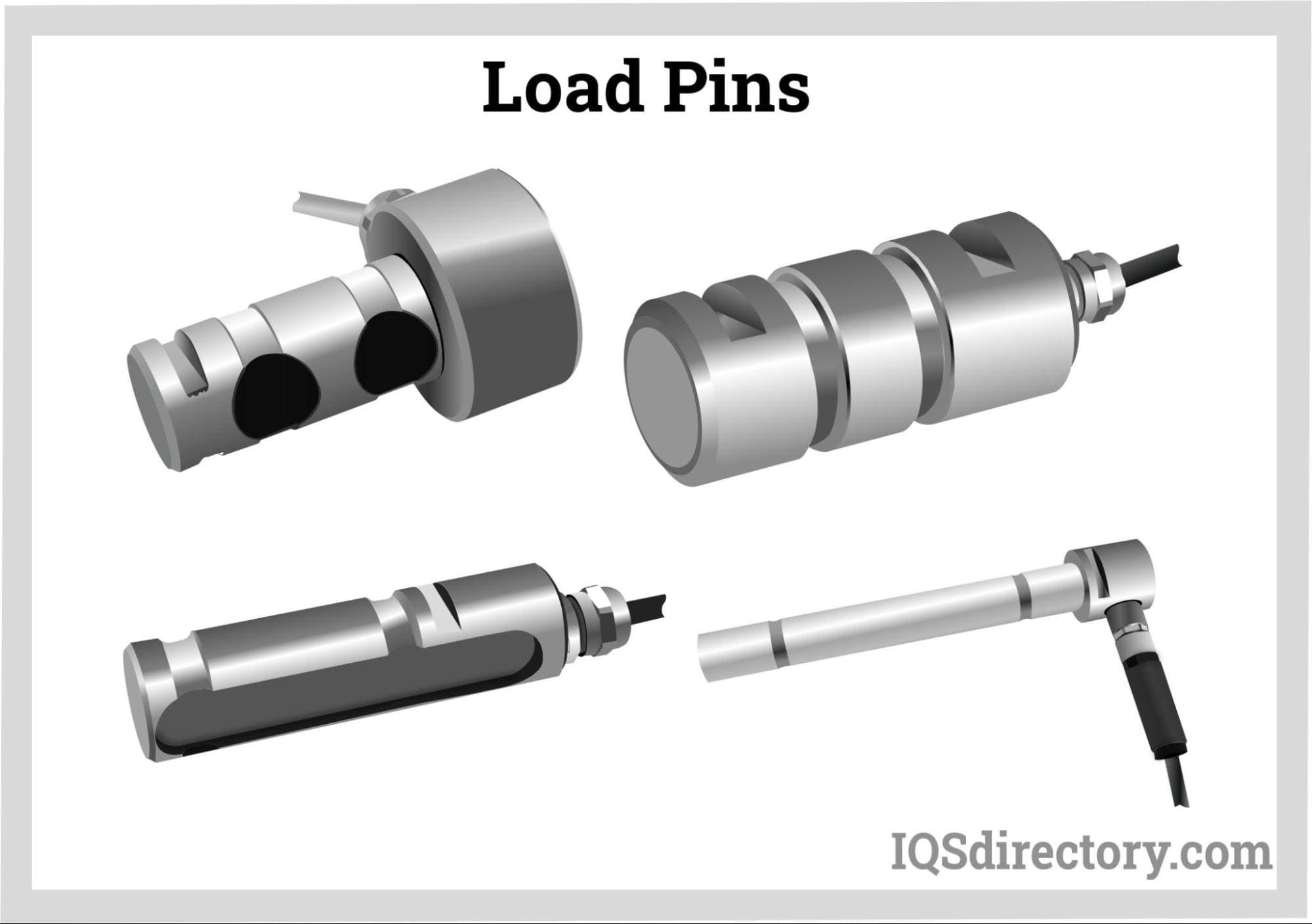


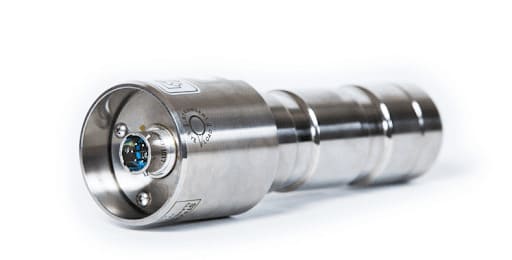

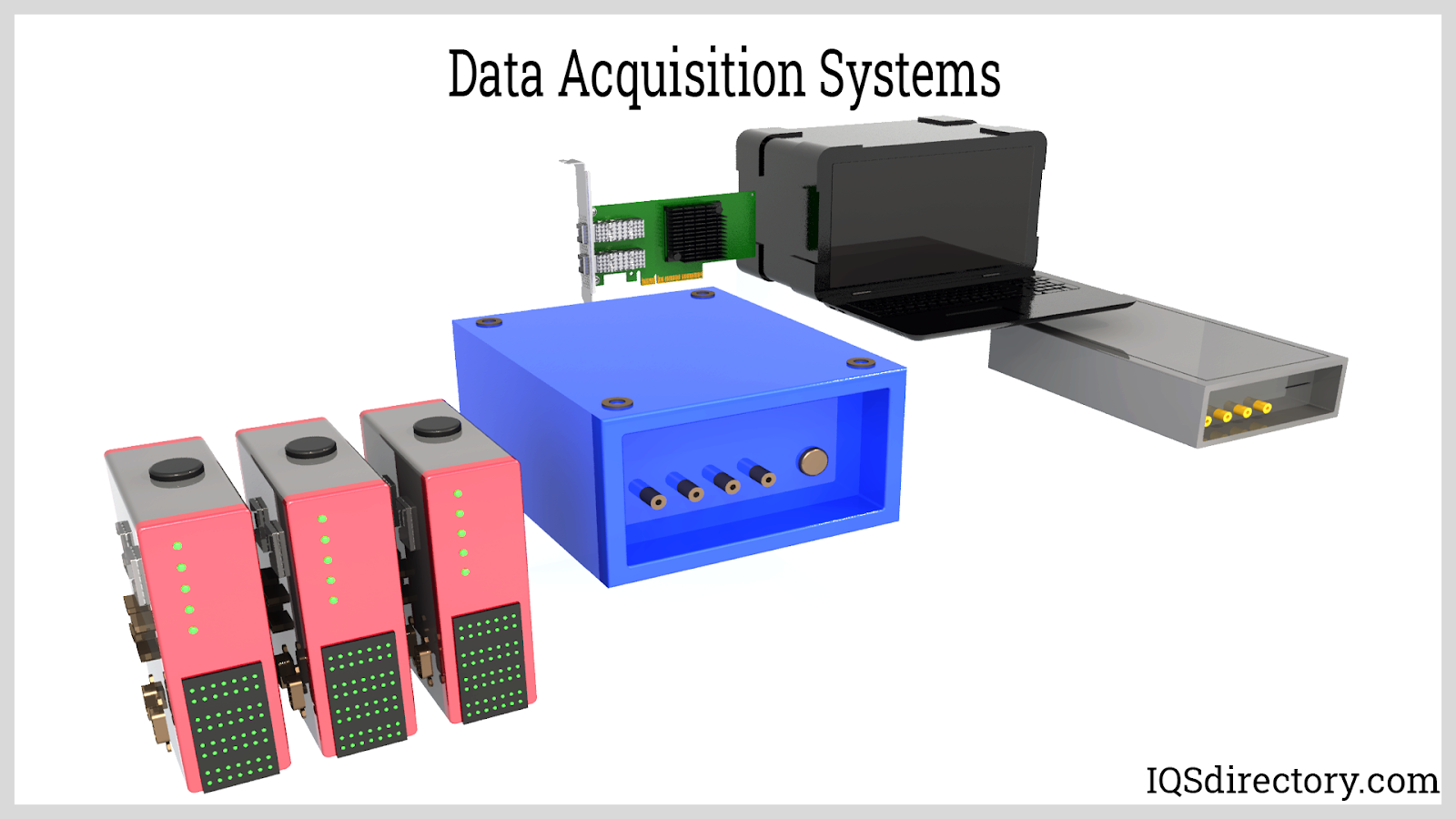

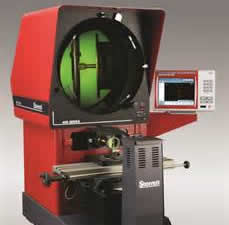 Calibration Services
Calibration Services Clean Rooms
Clean Rooms Data Acquisition Systems
Data Acquisition Systems Dynamometers
Dynamometers Environmental Test Chamber
Environmental Test Chamber Leak Detectors
Leak Detectors Load Cells
Load Cells Machine Vision Systems
Machine Vision Systems Scales
Scales Thermocouples
Thermocouples Castings & Forgings
Castings & Forgings Bulk Material Handling
Bulk Material Handling Electrical & Electronic Components
Electrical & Electronic Components Flow Instrumentation
Flow Instrumentation Hardware
Hardware Material Handling Equipment
Material Handling Equipment Metal Cutting Services
Metal Cutting Services Metal Forming Services
Metal Forming Services Metal Suppliers
Metal Suppliers Motion Control Products
Motion Control Products Plant & Facility Equipment
Plant & Facility Equipment Plant & Facility Supplies
Plant & Facility Supplies Plastic Molding Processes
Plastic Molding Processes Pumps & Valves
Pumps & Valves Recycling Equipment
Recycling Equipment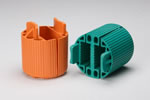 Rubber Products & Services
Rubber Products & Services